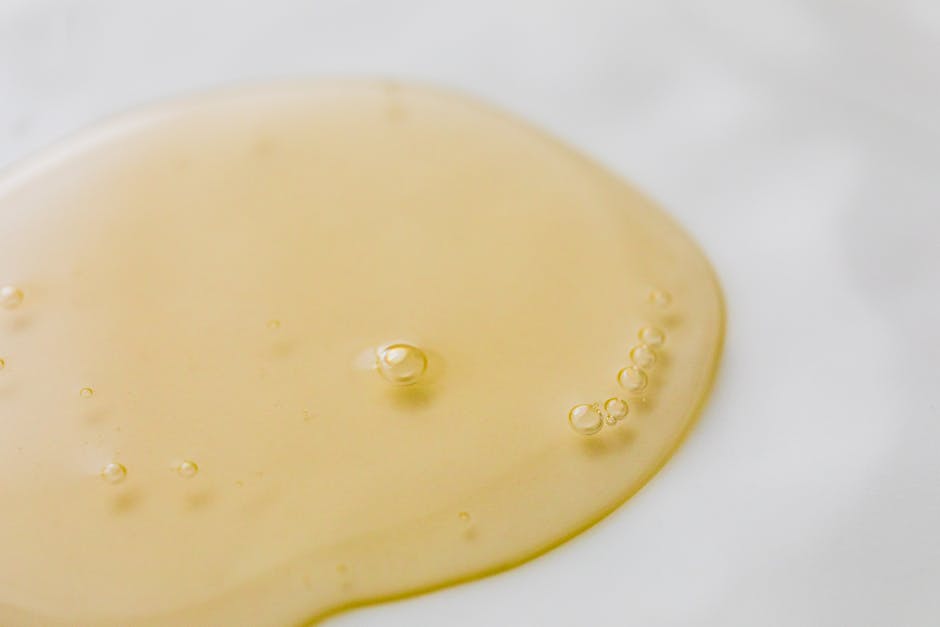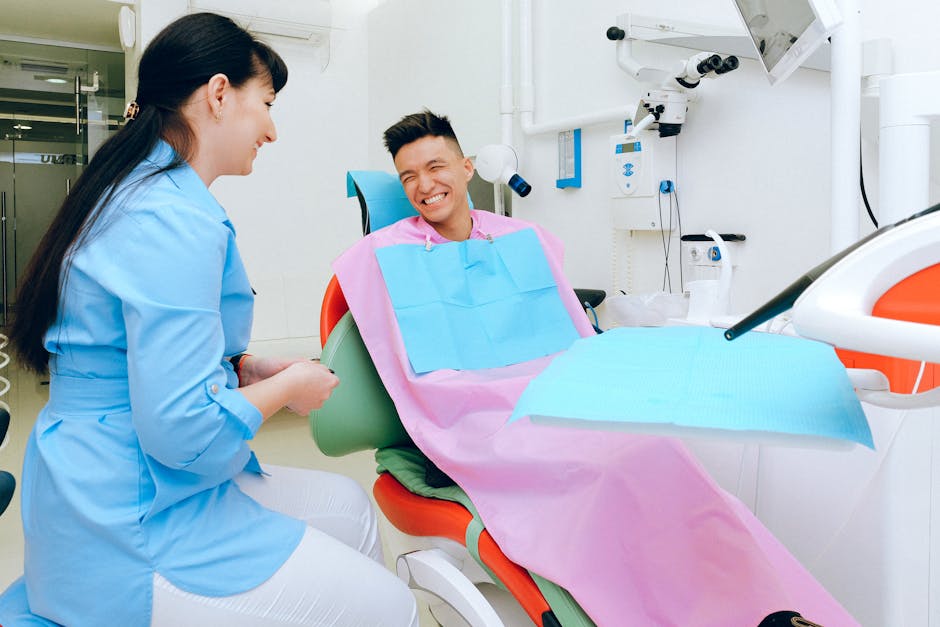LANAP, which stands for Laser-Assisted New Attachment Procedure, is a modern dental treatment designed to address periodontal disease without the need for traditional scalpel surgery. Utilizing a specialized dental laser, LANAP targets infected gum tissue while preserving healthy tissue, promoting regeneration of the bone and ligaments that support the teeth. This procedure is highly regarded for its minimally invasive nature, reduced discomfort, and quicker healing times compared to conventional gum surgery.
As Fort Worth Dental is committed to providing the most advanced dental care, LANAP is offered as a cutting-edge option for patients suffering from gum disease. It’s important for patients to understand both the benefits and potential lanap negative side effects to make an informed decision about their gum health. While LANAP has a high success rate, like any medical or dental procedure, there are considerations to take into account before undergoing treatment.
For those in the Fort Worth area seeking more information about LANAP or to discuss if this treatment is right for you, call (817) 592-8763 to schedule an appointment today. Our team is dedicated to providing personalized care and will help you navigate the best options for your dental health.
Common Concerns: Side Effects of LANAP Procedure

While the LANAP procedure is known for being a safer and less painful alternative to traditional gum surgery, patients may still experience some side effects. It’s essential to recognize these potential reactions in order to prepare for the post-treatment phase properly. Common concerns following LANAP include:
- Mild discomfort: Some patients report mild soreness or discomfort after the procedure, which typically subsides within a few days.
- Gum sensitivity: The gums may become more sensitive to temperatures and touch, especially in the initial healing period.
- Minor swelling or bruising: As with many dental procedures, there can be some swelling or bruising of the gums, which usually diminishes within a week.
- Changes in gum appearance: The laser used in LANAP can cause the gums to appear darker or lighter immediately following the procedure. This color change is generally temporary.
- Changes to bite: Some patients might notice a slight alteration in their bite or the way their teeth come together, which often adjusts over time as the mouth heals.
It’s important to note that these side effects are typically short-lived and manageable. Patients are encouraged to follow their dentist’s post-operative care instructions closely to mitigate any discomfort and to ensure the best possible outcome. Understanding and anticipating these side effects can help patients feel more at ease with the LANAP procedure, knowing that these reactions are a normal part of the healing process.
Pain and Discomfort Post-LANAP: Managing Expectations

One of the most significant concerns for patients considering LANAP is the level of pain and discomfort they may experience post-procedure. It’s important to manage expectations by understanding that LANAP is less invasive than traditional gum surgery, leading to generally milder pain levels. However, individual experiences can vary based on personal pain thresholds and the extent of the treatment.
Following the LANAP procedure, over-the-counter pain relievers are often sufficient to alleviate any discomfort. Most patients find that they can return to their normal activities the next day. Nevertheless, it’s advisable to avoid strenuous physical activity for a couple of days to ensure optimal healing.
Applying an ice pack to the outside of the face in the treated area can help reduce swelling and provide relief from discomfort. Additionally, patients should stick to a soft diet for a few days post-LANAP to prevent irritation to the gums and allow for healing. Foods like yogurt, applesauce, and smooth soups are excellent choices during this period.
Lastly, proper oral hygiene is critical, but patients should be gentle when brushing and flossing the treated areas. Rinsing with a warm saltwater solution can aid in managing discomfort and promote healing. By following these guidelines, most patients find that any pain and discomfort after LANAP are manageable and resolve quickly, without the need for prescription pain medication.
LANAP and Gum Sensitivity: Preparing for Recovery
Gum sensitivity is a common occurrence after undergoing LANAP, but it’s typically a temporary condition. During the recovery period, patients may notice that their gums are more sensitive to temperature extremes, such as hot or cold beverages. This heightened sensitivity is a normal response as the gums heal and regenerate after the procedure.
To prepare for the recovery phase, patients are advised to consume lukewarm or room temperature foods and beverages to minimize discomfort. It’s also a good idea to avoid spicy or acidic foods that could potentially irritate the sensitive gum tissue.
Patients should also be aware that the gums may feel tender when touched or while brushing. It’s essential to use a soft-bristled toothbrush and to be gentle while cleaning the teeth. Dentists often recommend alcohol-free mouth rinses designed for sensitive mouths, which can soothe the gums without causing additional irritation.
Additionally, patients can benefit from using toothpaste formulated for sensitive teeth, which contains ingredients that help block the pathways that lead to the nerves inside the teeth, reducing the sensation of sensitivity. Over time, as the gums heal and reattach to the teeth, sensitivity issues should diminish, leading to a healthier and more comfortable oral environment.
It’s important to keep the lines of communication open with your dental provider. If gum sensitivity persists or worsens, it could be a sign that further attention is needed. Regular follow-ups with the dental professional who performed the LANAP are crucial to ensure that the recovery is progressing as expected and to address any concerns promptly.
Rare Complications Associated with LANAP Surgery

While LANAP (Laser Assisted New Attachment Procedure) is known for its minimally invasive nature and rapid recovery times, as with any surgical procedure, there are rare complications that patients should be aware of. One of the uncommon but possible complications includes an allergic reaction to the medications or materials used during the surgery. Dentists take a thorough patient history to minimize the risk, but unexpected reactions can still occur.
In some instances, patients might experience bleeding or swelling that exceeds the typical response expected after the surgery. This could be due to the body’s unique reaction to the treatment or an underlying health condition that affects the healing process. Another rare complication is infection, which can occur if bacteria enter the treated area during the healing phase. To mitigate this risk, patients are given detailed post-operative care instructions and may be prescribed antibiotics.
On occasion, there may be a temporary increase in tooth mobility. This occurs as the bone and ligaments around the teeth adjust to the removal of diseased tissue and the regeneration process. In most cases, this mobility decreases as healing progresses and is not a cause for long-term concern.
Lastly, although LANAP is designed to promote tissue regeneration, there can be cases of insufficient gum reattachment or regeneration. If this occurs, additional treatments or alternative procedures may be necessary to achieve the desired outcome. It is vital for patients to report any unusual symptoms or concerns to their dentist right away to ensure any complications are addressed swiftly and effectively.
Despite these potential complications, LANAP surgery remains a highly successful treatment for periodontal disease, with many patients experiencing excellent outcomes. The key to a smooth recovery and the avoidance of complications lies in choosing an experienced dental professional and adhering to all post-operative care guidelines.
Aftercare Tips for LANAP: Minimizing Negative Effects

Proper aftercare is critical in minimizing the lanap negative side effects and ensuring a smooth recovery following LANAP surgery. Patients are advised to follow a soft diet for the first few days to prevent any irritation to the gums. Foods such as soups, yogurts, and smoothies are excellent choices that provide nutrition without requiring extensive chewing. Additionally, it’s important to avoid any hard, crunchy, or sticky foods that could disrupt the healing tissues.
Avoiding vigorous physical activity for a short period post-surgery is also recommended, as this can increase blood flow to the gums and potentially cause bleeding or swelling. Patients should also refrain from smoking or using any tobacco products, as these can significantly hinder the healing process and increase the risk of complications.
Maintaining oral hygiene is essential, but it should be done gently to avoid disrupting the treated areas. Use of a soft-bristled toothbrush and gentle flossing techniques is advised, along with any special mouth rinses prescribed by your dentist. It’s crucial to follow all instructions provided by your dental professional regarding oral care and any medications prescribed to manage discomfort or prevent infection.
To ensure the best possible outcomes, patients should keep all follow-up appointments with their dentist. These visits allow the dental professional to monitor healing and address any concerns promptly. If you experience any unusual symptoms or have concerns following your LANAP procedure, do not hesitate to call (817) 592-8763 to schedule an appointment today. For more information and to access comprehensive post-operative support, visit fortworthdental.com.
By adhering to these aftercare tips, the likelihood of experiencing negative side effects can be significantly reduced, paving the way for a successful recovery and long-term periodontal health.

